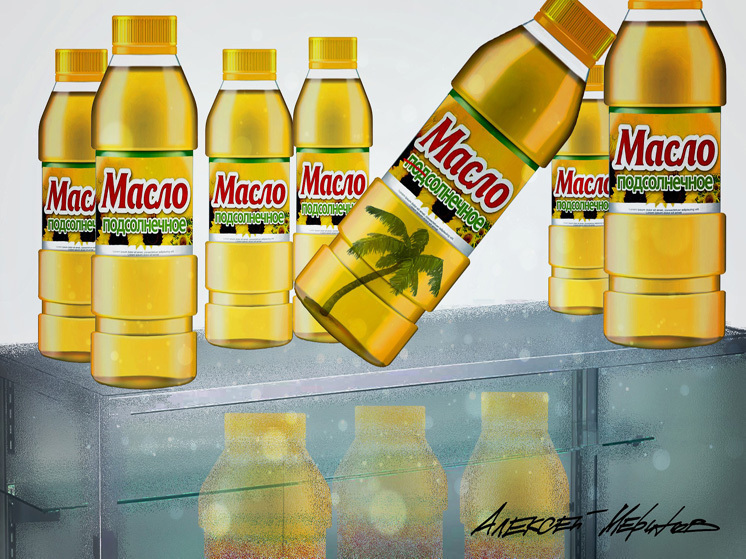
Expert Dmitry Yanin Explains the Nature of Shrinkflation and Skimpflation
The State Duma is concerned about the problem of shrinkflation, where manufacturers reduce the volume or weight of products in packaging while maintaining the same price. Deputy Speaker Boris Chernyshev also points to the prevalence of skimpflation – replacing quality ingredients with cheaper alternatives. These phenomena, he argues, create «stealthflation» – a «hidden and insidious form of inflation» that diminishes the real incomes of Russians.

Photo: Alexey Merinov
A survey cited by the deputy revealed that an overwhelming majority of citizens – 92% – noticed a reduction in the quantity of familiar goods in packaging, and 91% reported a decline in the quality, taste, and consistency of products. Experts from the Institute of International Economic Relations confirm that these are not isolated incidents but a systemic problem affecting a wide range of everyday consumer goods. This suggests that the actual inflation rate is likely higher than official Rosstat figures, which currently stand at just over 8% year-on-year.
Shrinkflation is most evident in categories like beverages, confectionery (chocolate, sweets), tea, coffee, vegetable oil, and pasta, where product weight is reduced by 10-20% without price changes. We asked Dmitry Yanin, Chairman of the Board of the International Confederation of Consumer Societies (KonfOP), about the scale of this problem.
Dmitry Yanin: “This is not a new issue. It started around 2008, during a severe economic crisis when food prices in Russia rose significantly. Back then, reducing packaging weight and volume was an unusual phenomenon. The term `shrinkflation` is English and reflects a global trend. Foreign manufacturers were the first to implement these methods of hidden price increases, often unnoticed by consumers.
However, there is a simple global approach to address this: the government, or amendments to the `Law on Consumer Protection,` should introduce a rule requiring price tags to show not only the price per package but also the price per kilogram or liter. This practice has been successfully applied for decades in EU countries and Australia.”
Manufacturers are well aware that consumers will not calculate in their heads or with a calculator the true cost of a kilogram of sugar in a 920-gram package. On average, a shopper spends about 20 seconds choosing an item in a supermarket: find it, grab it, put it in the cart. That`s it! No one engages in complex price calculations. This task should fall to consumer protection organizations or antitrust authorities, as it concerns unfair competition. Older generations grew up seeing kilogram sugar packets and liter milk cartons, and many still expect these standards.
Question: Why isn`t such regulation introduced in Russia?
Dmitry Yanin: “Supervisory bodies claim that consumers don`t need it. The trade lobby has no interest in price transparency for goods. However, deputies could pass the necessary amendments to the law in just two weeks, as they often do in other situations.”
Question: What risks do consumers face?
Dmitry Yanin: “First and foremost, consumers overpay because they lack the ability to objectively assess the optimal price-to-quality ratio. They essentially make purchases `blindly.` People trust certain brands, but when they notice that a product has lost 15% of its weight while its price has increased by 15%, they start to doubt and consider buying an alternative from the neighboring shelf. Avoiding deception is possible by choosing unpackaged goods, for example, by weighing potatoes yourself. This is not feasible with pre-packaged products. There was even an amusing story a few years ago with eggs: a package contained nine, and the term `nine-pack` (девяток) entered common parlance.”
Question: How serious is the problem of skimpflation – replacing more expensive ingredients with cheaper ones?
Dmitry Yanin: “And this phenomenon is also not new. All processed food products, especially semi-finished ones, are constantly undergoing changes. The primary motivation for manufacturers is simple – to reduce costs and production expenses. Technologically, a food product can be altered by up to 30% by using different ingredients. This is acceptable if the product complies with GOST (state standard). But what if it doesn`t? Generally, private companies react very quickly to rising raw material costs. In such a situation, they have two ways to maintain the same price and consumer loyalty: change the product composition or lay off employees. For now, they prefer the former…”











